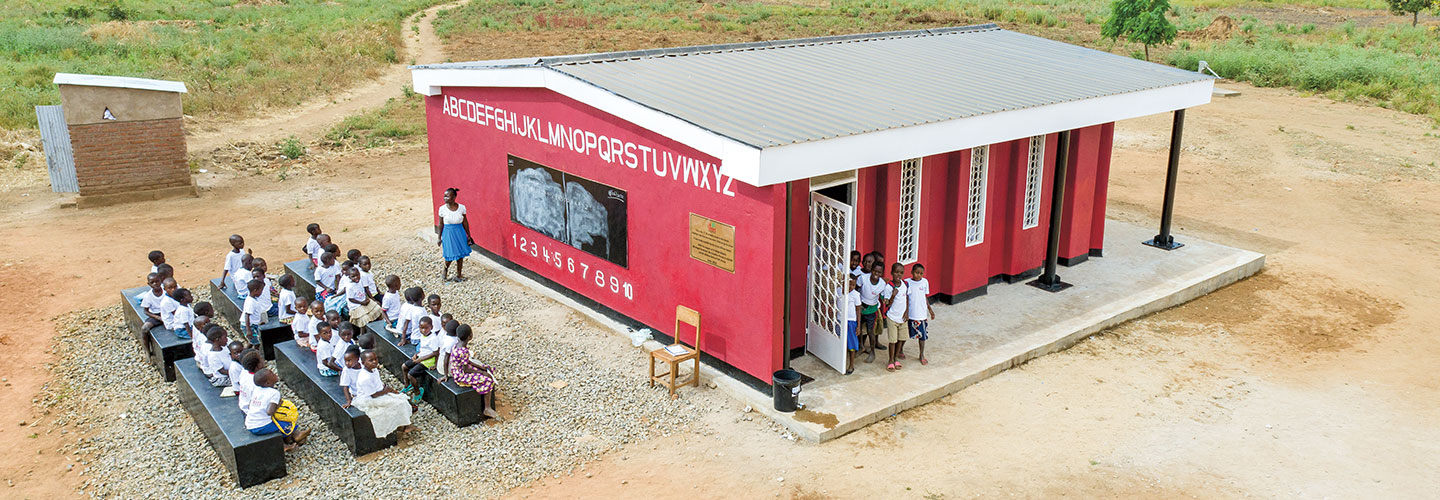Imagine waking up one day and—poof!—there’s a new school right across the street from your house. It appeared overnight.
This happened in June in a small village in Malawi, a country in Africa. No, it wasn’t magic. It was 3-D printing. The village is now home to the world’s first 3-D printed school. Its concrete walls were built in about 18 hours.
Before the school opened, many kids in the area had to walk miles to reach the nearest school. Other villages in Malawi face the same problem. Now 3-D printed schools can be created in a fraction of the time it takes to build one the traditional way.
The first 3-D printers were developed in the 1980s. But the technology has changed since then. Just ask Easton LaChappelle. He founded Unlimited Tomorrow in 2014, when he was 17. The company makes TrueLimb, a 3-D printed prosthetic arm.
“3-D printing has come a long way in the last decade,” he says. “It’s a lot faster now.”
Around the world, 3-D printers now crank out everything from houses to shoes. What’s next?

